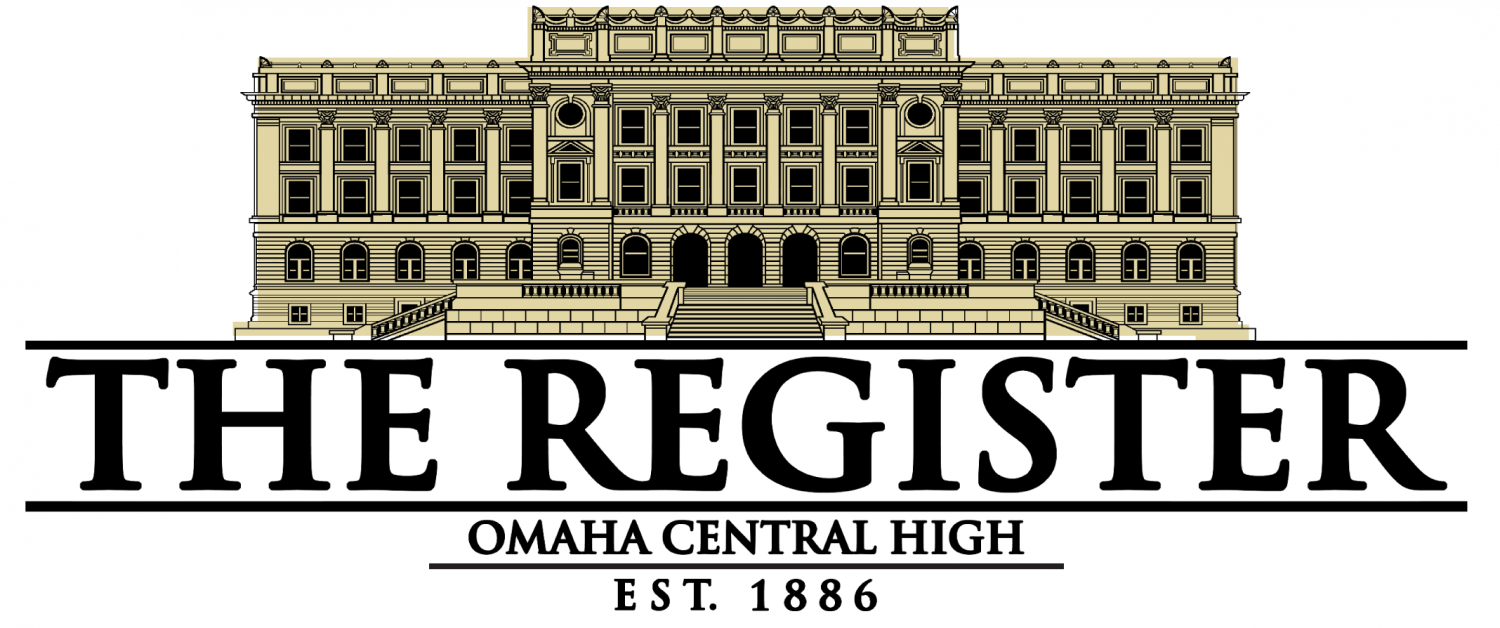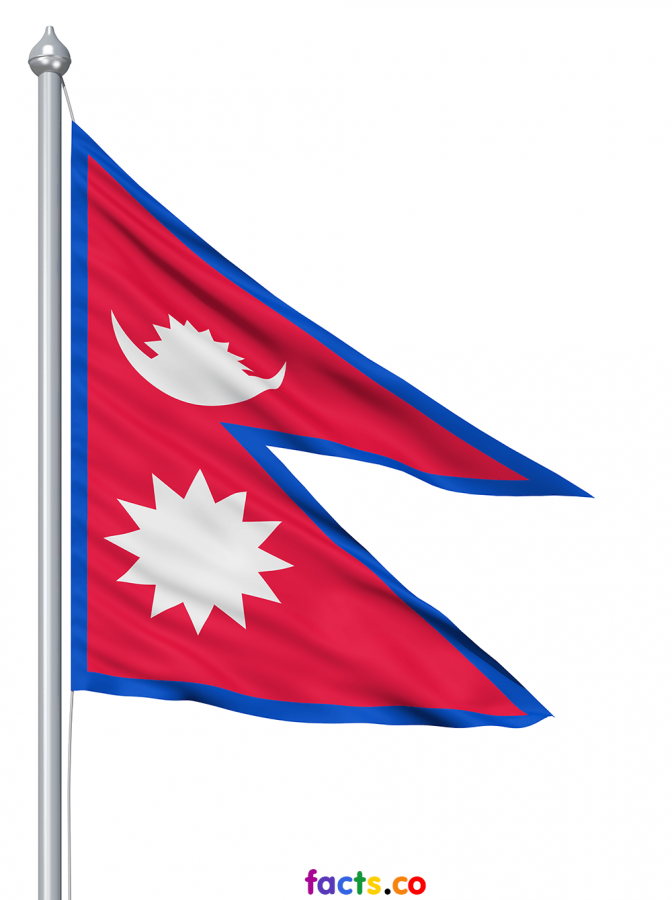FINDING REFUGE
Nepalese students adjust to life in America.
November 10, 2016
“When my Aunt told me about toilets that flushed and took the stuff away, I didn’t believe her,” freshman Asmita Tamang said. “When I came to America and saw it for myself, I was amazed.” This was the life for 108,000 Nepali refugees who lived in camps for around two decades. Many immigrated to the U.S., and now Nepali is one of the many languages spoken at Central. Not many people know about this group of Nepalis, who have worked very hard to get to where they are now
Nepali immigrants have a long history in Asia. Nepali people began to move to Bhutan originally in the 1620s by both legal and illegal means. The Bhutanese finally began to notice the great population of Bhutanese originally from Nepal, so they created the Citizenship Act of 1985, which evicted almost all Nepalese. They then moved back to Nepal, and created seven camps along the eastern border.
One freshman, Asmita Tamang was born in a refugee camp, and considers herself, “more Nepali than Bhutanese or American.” Her parents moved to the camps when they were young, met each other and got married there, and had three children there before moving to America. The United Nations provided the opportunity for them to immigrate to Australia, Canada, America and other counties. Though there were many choices, America was the majority with 79 percent of refugees choosing to go to the United States. Asmita’s family chose to go because America, according to movies and far away news, sounded like a much better environment to live in.
“Coming to America was so cool,” Asmita said. “In the camps we thought of America as the rich country, so far off we could only reach it in our dreams.” The life of Nepali refugees consists of no running water, no electricity, no air conditioning or heating, and houses made out of mud and sticks; so for Asmita, America was “unimaginable”. “When I first came to America I didn’t even know how to describe it,” she said. “I guess I felt surprised, excited, and a bit nervous.”
Now living in America, there are many different career options that they could never had before. “When I become an adult, I want to be a doctor,” said junior Keshang Tamang. This is much different from life in the camps, where women worked either at home or in the field, and did manual labor such as building houses. Such statements of desires, like sophomore Anoj Tamang’s goal to study computer science, would have been impossibly optimistic back in Nepal, but now is a reachable goal.
“I had no idea what anyone was saying,” said Asmita, when she was reflecting on her first day at Franklin Elementary. “All I could say was ‘I no English’ and they all thought I was saying that I know English.” Of course, ESL classes help “amazingly” according to Asmita. She took the class from second to fifth grade, and describes it as the “best, funnest thing ever”. Although she came in 2010, her fellow refugee and senior Bisal Rai only recently came to America in 2013, so he had to take ESL classes at Central. “…hard, but not hard,” is how senior Bisal Rai describes learning English at Central since coming in 2012. “I mean, we learned it Nepal, but ESL takes it deeper.”
Along with the challenges of learning and understanding a foreign language, getting adjusted to living in Omaha, Neb. also has some difficulties-like getting to and from work every day. “We didn’t have a car for about six months after we moved out here,” Asmita said. “So my dad would lie in the grass and wait for about three hours before someone would finally pick him up and drop him home.” Although there are not any services at this time that provide a car for new immigrants, there are some services for immigrants. Lutheran Family Services is one, which helps furnish homes with beds, desks, and couches. Some other assistance programs include sending the immigrants food stamps and helping them find jobs and schools.
A special aspect of Nebraska that Nepal doesn’t have is frozen precipitation. “When I first saw snow, I was so surprised,” said Asmita. “My aunt thought that is was salt; amazed the America had the money to spread it around everywhere.”
“All I want is an education,” said activist Malala Yousafzai, and many Nepali immigrants agree. “The best part of America is education,” said Asmita. “I get to learn things that I never would have before, and I can be more successful than my parents, who only have a high school degree.” Keshang likes school as well, but for a different reason. “I like having friends that are at school,” he says. “Yes, I do miss my friends from Nepal, but it is nice to start over.”
At Central there are many things in the student’s past, such as family strife, life struggles, and death. For the Nepali immigrants, they have lived in another country which lacked many comforts and possessions that Americans hold dear. “Being a Nepali is something that is special and awesome,” said Asmita, reflecting on her life behind her. “Me and other Nepalis went through things that other people haven’t been through. So now I am thankful for the things I have, like a kitchen, and grateful for the experiences that help me go through life now. I am proud to be a Nepali immigrant.”

